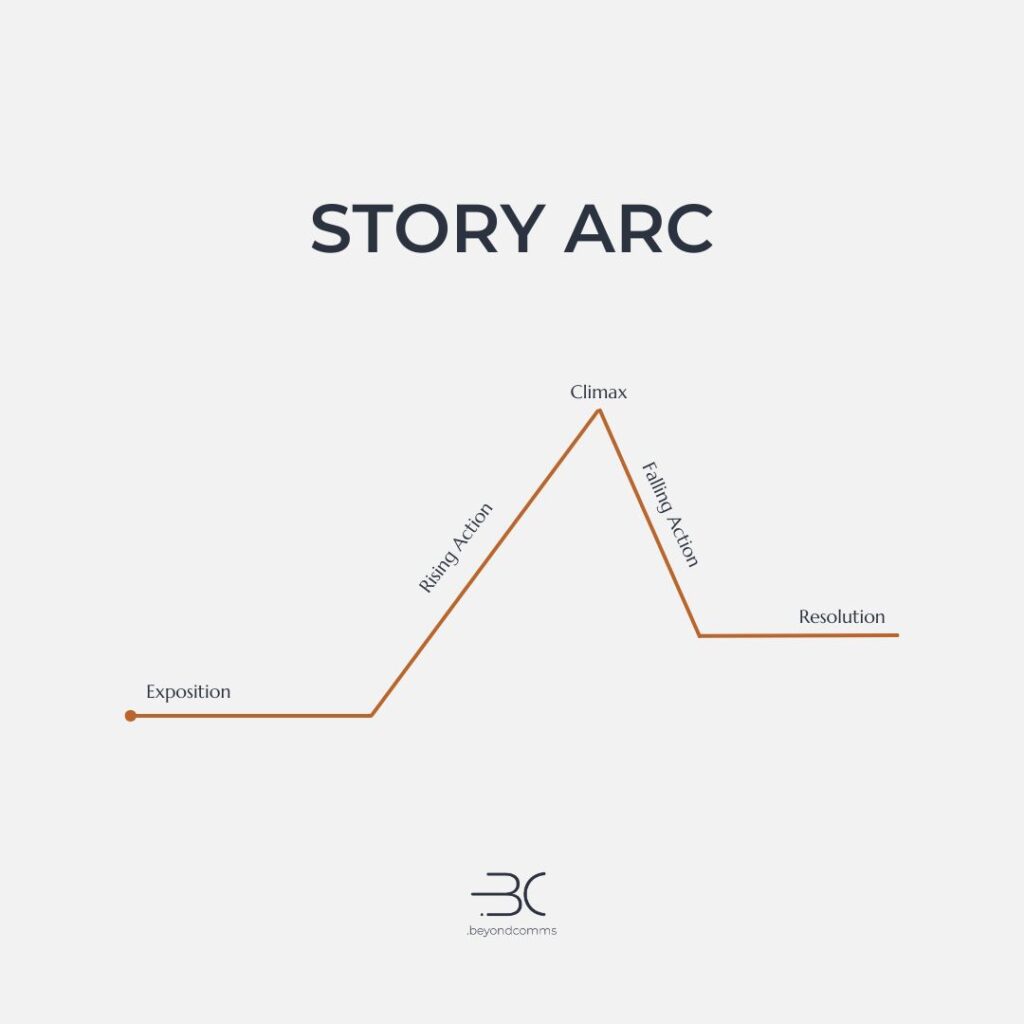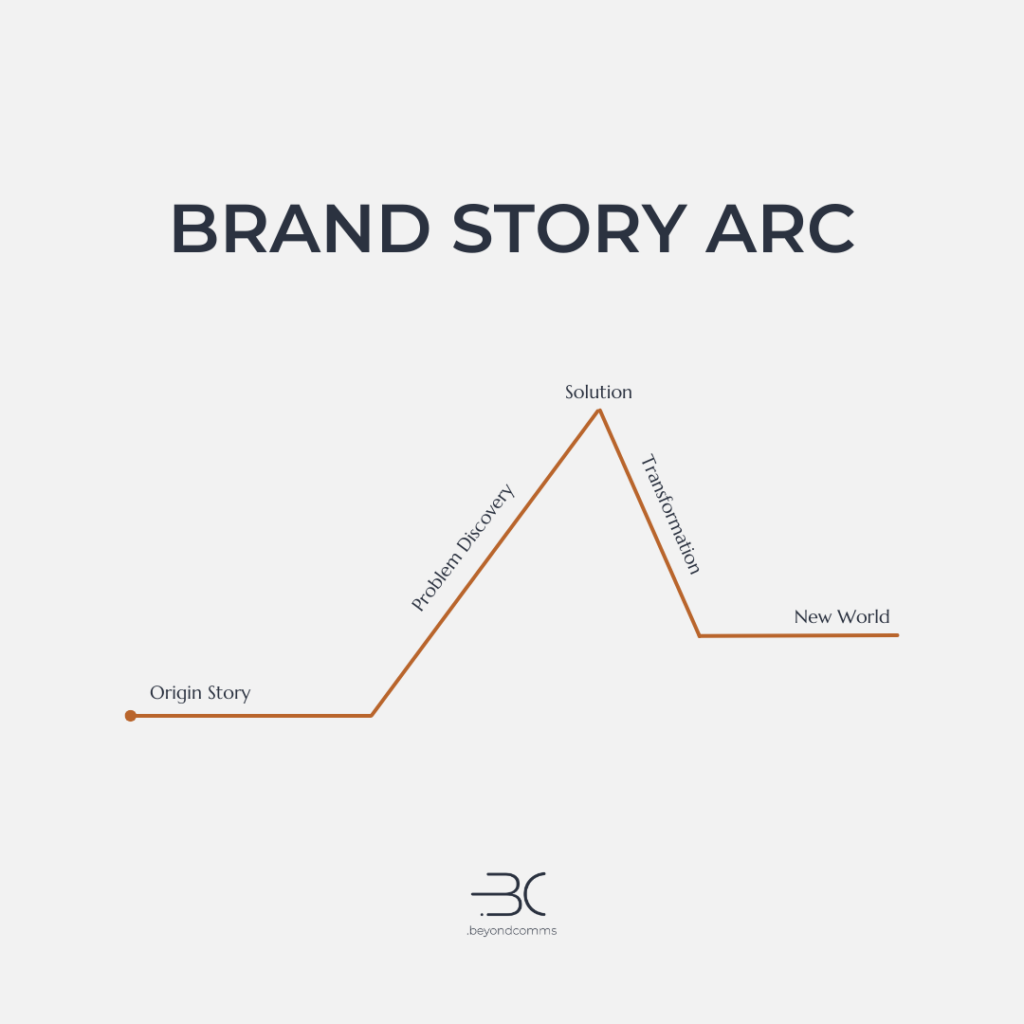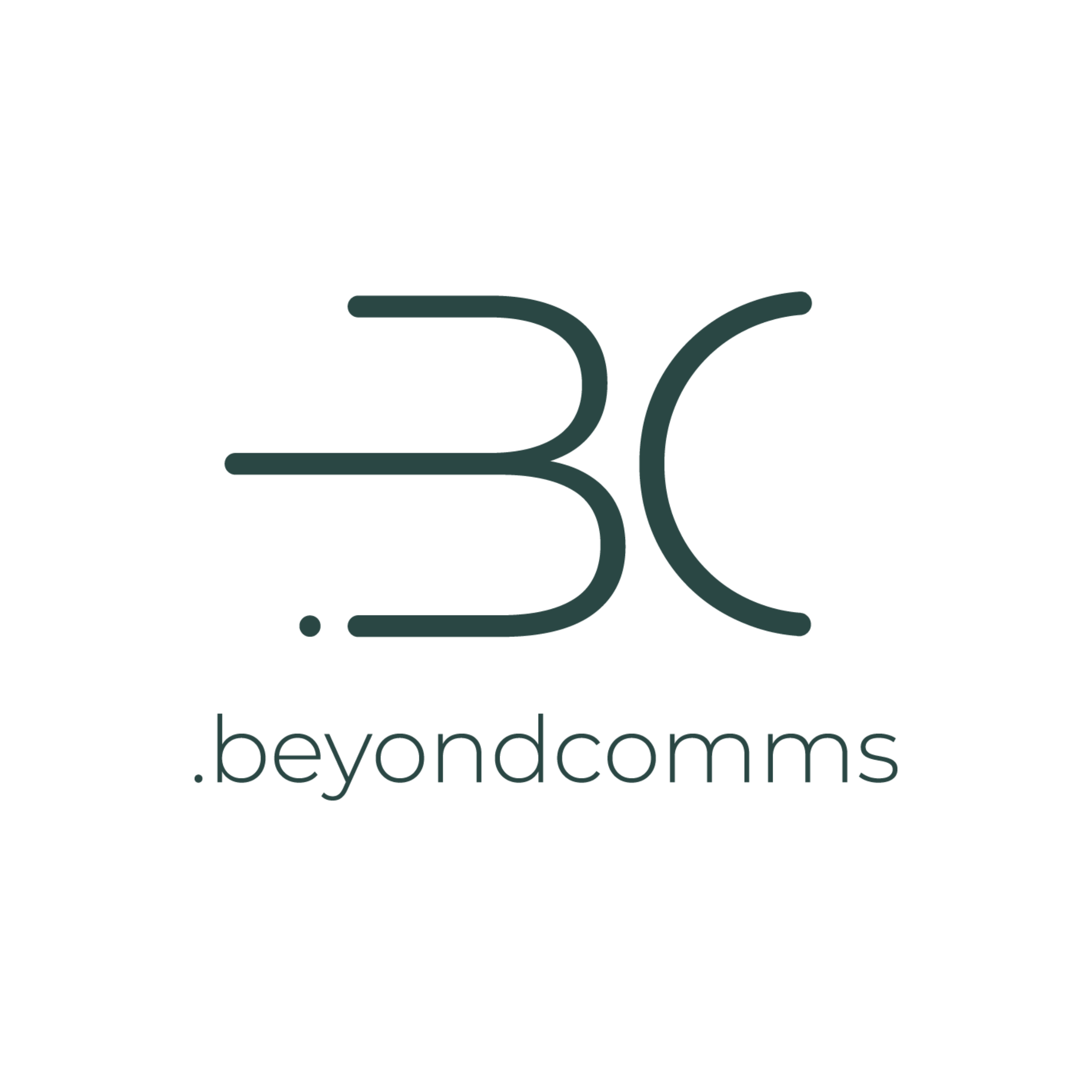
Last year, I was on my final call with a client, ready to present the brand story we had crafted. After I finished reading the story to them – silence. It was dreadful! When I switched back to their window, I found them with tears in their eyes and a wide smile – relief. The story resonated. A well-crafted brand story is not just words on a page – it’s an embodiment of your mission, values, and vision distilled into a narrative that creates an emotional connection. Let’s explore how you can create brand stories that resonate.
What Makes a Resonant Brand Story?
Your brand’s story has to be a truthful narrative that connects your audience to the core of your business. These five elements are important to consider:
Authenticity: Are you sharing genuine experiences and motivations?
Emotional connection: What are the universal human experiences we all share that you are tapping into?
Mission alignment: How are you connecting your “why” to the needs of your audience?
Values in action: How are you demonstrating your principles inside your business?
These elements informed how we wrote Wild Hideaways’ story that moved our client to tears. It wasn’t just about luxury eco-lodges in West Cork. The brand was born out of the co-founders’ deep connection to place, their journey home, and their desire to share the tranquility they found with others who need it.
The Anatomy of an Effective Brand Story
You are probably familiar with the traditional story arc that most narratives are based on.

A resonant brand story will follow a similar model with a slight reframe.

In this arc, we see five elements:
- Origin Story: Here you write about how your business came to be. This can include personal stories or a short relatable anecdote
- Problem Discovery: This part needs to establish a stronger personal connection with your reader. Demonstrate empathy and articulate the problem you are looking to solve clearly.
- The Solution: This is the traditional climax. Here you present your solution. This part should make your solution obvious and unavoidable.
- Transformation: This is your opportunity to build trust with your reader. Showcase existing transformations of clients or testimonials here, or describe the exact transformation you want your audience to experience. If you have any accolades, you might consider adding them here if they lend credibility.
- New World: In this part, you can describe your brand universe the audience will have entered after their transformation. You must keep the focus on your audience. Don’t fall into the trap of just talking about your brand.
Here is Wild Hideaways’ story started as an example:
Origin Story
“The story of Wild Hideaways takes us back over 30 years to 1995. After they met in Manchester, UK, Amy visited John’s family home in the Mealagh Valley. For Amy, it was love at first sight. She describes an immediate feeling of home.”
Problem Discovery
“Embracing adventure led the couple to spend many years in Australia and they built their family and life there. When it became time to move closer to home in 2014, there was only one choice – The Mealagh Valley. John’s experience in construction and management, together with Amy’s knack for customer experience and interior design makes them a dream team. The O’Sullivans are deeply rooted in their environment and see their venture as an opportunity to highlight their community and the beauty of the place they call home.”
The Solution
“Wild Hideaways is Amy and John O’Sullivan’s answer to the overwhelm and hustle of urban life. The Eco Spa Retreat offers an escape into the beautiful and wild landscape of the Mealagh Valley and beyond.”
Transformation
“The eco lodges have already reached local acclaim and admiration for their commitment to sustainable practices. Guests who stay on the property celebrate the mix of relaxation, adventure, and the striking views across the West Cork landscape.”
The New World
“Wild Hideaways is John and Amy’s love letter to this hidden gem in Ireland. They invite guests to step into their world and embrace tranquility and serenity.”
The sequence of the elements can be different. For example, you’ll see on Wild Hideaways website that the solution is stated at the start, with the rest following in the order it is here.
Your Brand Story Checklist
Before you share your brand story with the world, run through this checklist:
- Evoke a genuine emotion
- Communicate your mission clearly
- Highlight your values in action
- Invite your audience to participate in your journey
- Create a sense of place or belonging for your audience
If you’re not hitting all of these points, you might have to revisit your story. Float a draft by a valued audience member or even an outsider and see what they think. Remember, the goal isn’t to impress – it’s to connect.
Stories in Action: From Page to Practice
A beautifully written brand story means little if it’s not reflected in the day-to-day experience of your audience. Wild Hideaways doesn’t just tell a story about tranquility and connection to nature, they deliver it through thoughtfully designed eco-lodges with stunning views, sustainable practices, and experiences that allow guests to truly disconnect.
Your brand story must be embodied through:
Customer interactions: How your team communicates and serves
Product/service delivery: How your offerings fulfill your promises
Physical and digital environments: How your spaces feel and function
Communications: How consistent your messaging is across channels
Partnerships: Who you choose to work with and how
Internal Processes: How well you integrate your team and stakeholders in the story
When your story is lived, not just told, it creates a powerful coherence that builds trust and deepens connection.
The most resonant brand stories aren’t confined to “About Us” sections. They’re expressed through every aspect of your business. As mission-driven founders, our challenge is to ensure this consistency. When we do, our businesses become more than providers of products or services – they become meaningful parts of our audiences’ lives.
Your Story Activation Audit
Step 1: Map Your Touchpoints
List all the avenues your audience interacts with your business (website, social media, email, physical location, customer service, product/service delivery, onboarding process, etc.).
Step 2: Evaluate Your Expression
For each touchpoint, answer:
- What elements of our brand story are expressed here?
- What values are demonstrated?
- Is this consistent with our written story?
- What might our audience feel when experiencing this touchpoint?
Step 3: Identify Gaps and Opportunities
Answer the following
- Where is our story not coming through clearly?
- Which touchpoints feel disconnected from our core narrative?
- What 2-3 areas would have the biggest impact if improved?
Step 4: Create a 30-Day Implementation Plan
Select 3 top-priority touchpoints that will bring you the quickest wins and outline specific actions to better embody your story through them.
This simple audit will help ensure your brand story isn’t just told but lived through every day of your business.
